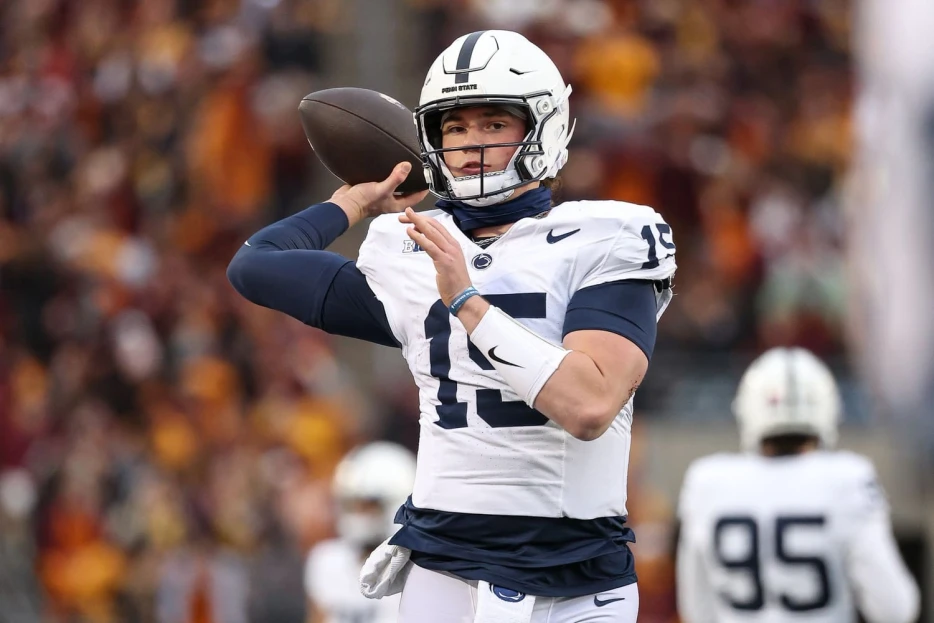
 NFL Trade Rumors
NFL Trade Rumors
It’s been a brutal week for Penn State football. Once considered to be on the short list of national championship contenders and the preseason No. 2 team, the Nittany Lions have now lost three straight Big Ten games, dropping them to 3-3 on the year. This last loss was the toughest, falling to Northwestern by a point in a game that cost HC James Franklin his job. It also cost them QB Drew Allar, lost for the rest of the year to a broken ankle late in the fourth quarter.
Allar’s injury is particularly devastating given it’s too late to take a medical redshirt. This was his fourth season playing for Penn State and he is now out of eligibility — barring any NCAA weirdness. Allar will have to enter the NFL draft after the season as planned, but will be doing so off an ankle injury and without a full season of senior year tape for scouts to watch. It’s not ideal, and it’s a disappointing ending to an otherwise strong Penn State career.
To be clear, this is not a full scouting report or final evaluation of Allar as a prospect. You can read my full summer scouting report on Allar here. But since his college career has now wrapped up, I thought I would take some time to contextualize his senior year relative to the rest of his tape, discuss what went wrong this season, and break down how he compares to the rest of the 2026 quarterback class as it continues to shape up.
This is a deceptively difficult question to answer, depending on who you ask. Allar was one of the most scrutinized players in the country over the last season and a half, and he bore a lot of blame for Penn State’s mixed early-season results even if he didn’t entirely deserve it.
But in short, yes. Let’s start with the basic box score stats: Allar threw for 1,100 yards and eight touchdowns to three interceptions in six games with a 64.8 percent completion rate. As a rusher, he added 172 yards and a touchdown. He took six sacks on the year and only averaged 6.9 yards per attempt through the air.
The advanced stats make Allar look even worse. On the season, he had a PFF passing grade of 67.6, which is a bit above average. He had a higher turnover-worthy play rate than a big-time throw rate, and only had four big-time throws on the season. From clean pockets and on standard dropbacks, two of the best metrics for predicting future performance, Allar graded out below the 20th percentile.
Setting aside the numbers for a moment and just looking at the tape, Allar doesn’t look like the same passer he was a year ago, let alone having taken the steps forward we wanted to see. The arm talent and pocket awareness are still there, but inaccuracy was a major issue for Allar as a...